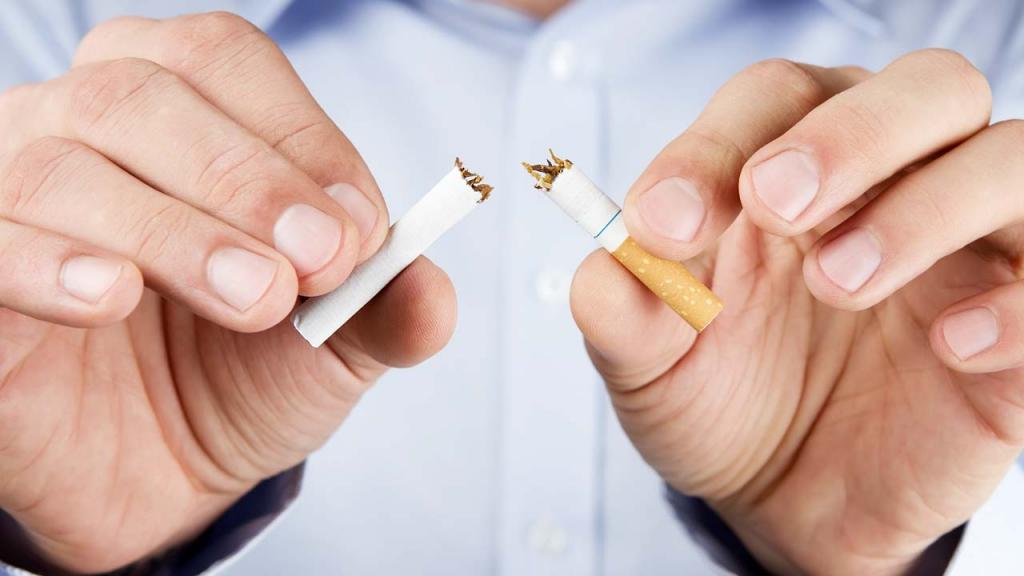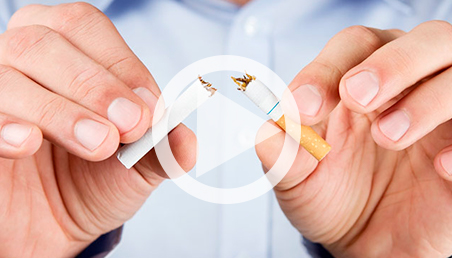May 31 is World No Tobacco Day. Diverse public and private entities provide information that will help to raise awareness about the harmful and lethal effects of consuming tobacco and nicotine. This year, the World Health Organization sought to protect young people from the industry’s manipulation as well as preventing an increase in the level of consumption.
The Epidemiology Research Group at the Universidad de los Andes (EpiAndes) together with Queen’s University in Belfast, Northern Ireland is undertaking the Des-ahógate project, which is attempting to develop a measure to evaluate social norms regarding adolescent tobacco use. This research is financed by the U.K.’s Medical Research Council.
Adolescent tobacco use
By Sharon Sánchez Franco, coordinator of the Des-ahógate project
Globally, tobacco use leads to more than eight million deaths annually (1). It is estimated that 38 million adolescents between 13 and 15 consume some form of tobacco product (2). This is a serious issue as tobacco consumption is the main risk factor for developing chronic illnesses. Additionally, during adolescence, tobacco affects growth and is associated with violent and addictive behavior (3).
Adult smokers generally start smoking during adolescence when the influence of social norms is greater. The tobacco industry appeals to young people particularly by using strategies such as selling flavored tobacco for electronic cigarettes and using influencers to promote its products on social networks.
In Colombia, tobacco consumption increases with age, and the new products are ever-more popular for adolescents. In 2016, the prevalence of daily electronic cigarette use equaled that of traditional cigarettes (9%) (4). Furthermore, 22% of students between 12 and 18 had consumed a tobacco product at least once in their lives (5).
The MECHANISMS study seeks to understand the relationship between social norms and tobacco consumption for adolescents in Colombia and Northern Ireland. It evaluated the action mechanisms of two tobacco consumption prevention programs in schools in both countries. In Colombia, the project is known as Des-ahógate and includes a cultural adaption process of the two interventions that are implemented in public schools in Bogotá.
The results from this research can inform us about the design of interventions within a school context. As such, together with other public policy measures and collective actions including the State, the family unit, and society, we can create a tobacco free generation for our children and adolescents.





